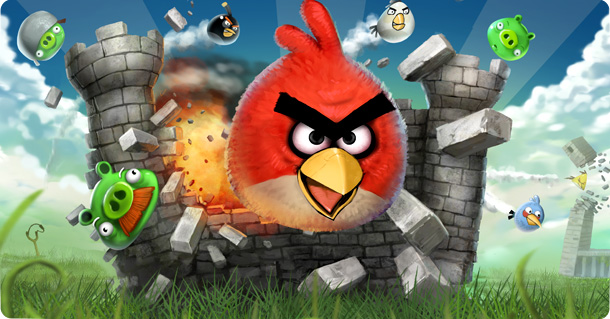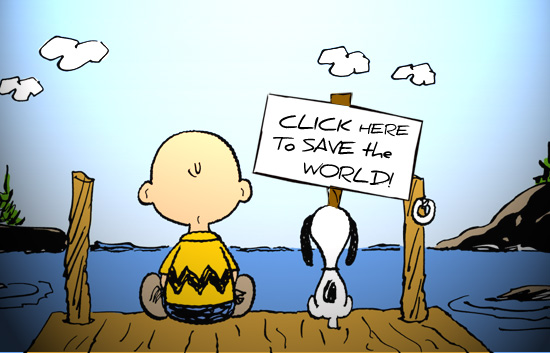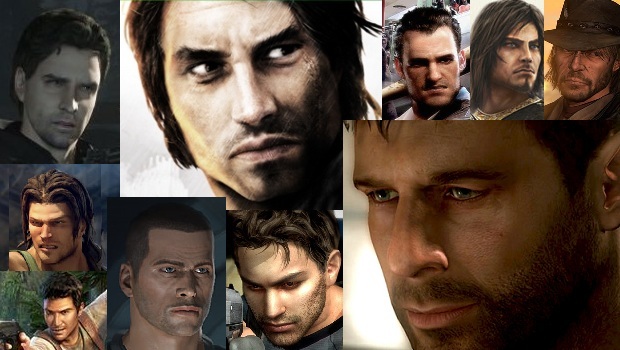This semester, I’m trying a few different things in the classroom. I’m teaching in, and doing curriculum development for, a specialized program in conjunction with our college of tech, so this fall is all about (reasoned) experimentation. All the first-year writing students in this program are tech students who are all enrolled in another class together, and we’ve lucked out with a lot of sections even smaller than my institution’s already-small usual comp classes. So far, the program courses seem a little different than regular composition courses: more connected, friendlier, with students already working together comfortably here, in the middle of the first week, which is part of the aim of the initiative. There are issues, too, such as a broader gender disparity, but that’s a simple fact of enrollment numbers and there isn’t much to be done about it that we haven’t talked about before. The important thing for now is students coming together, which can help increase retention.
But we’re also hoping to drive home for students the importance of strong communication, and to reinforce those skills that transfer so cleanly between many tech- and design-focused majors and what we do in the composition classroom. Notions of audience and end-user/client in particular are useful on all sides of this equation, and much of what is discussed in the design classroom corresponds well with what we do when we talk about creating and shaping a text.
As part of that, with my opening unit, I’m hoping to demonstrate to students the power and flexibility of narrative. I don’t always start with narrative, but it’s often a good bridge for students coming out of high school and here, in our discussions of mode and audience, I thought I would try something a little different: sets of readings clustered either around topic or form, or by author, that addressed the same subject in different ways. In those clusters, we’re reading memoir, fiction, essays, comics, and also looking at interactive fiction, a set of Twine games that tell stories in different ways. One, which we’ve written about here before, is The Writer Will Do Something, by Matthew S. Burns, a relative straightforward look at the experience of a game designer. The other, Anna Anthropy ‘s Queers in Love at the End of the World, is a quick string of choices that illustrate a tragic moment. Structurally, the two games are very different, but each tells a flexible story, and tells it well.
Several of my students are into games, with an eerie number of them referencing competitive play during our first-day icebreaker. Part of this may be the program’s nature; many of the students are in computing-based tech majors, but some just may be simple coincidence. But it makes me hesitate. What will they think of these games? Will preconceived notions about interactive fiction affect their engagement with them? Would I have been better off choosing a different game, an action game, a platformer, something more skill-based, or something as open as Minecraft? Many of my colleagues incorporate games into classes, after all, and successfully. But I’m not in those classes; I don’t see the ins and outs of what they’re teaching, and how. I want to talk about narrative, and all the different ways we tell stories, to reinforce the idea that we are always telling stories — even when we want to promote a particular idea, or demonstrate knowledge — which is why I chose these particular examples.
As someone with a creative writing background, who has also taught creative writing as well as composition, I see great potential in these games, in the way narrative is presented on individual screens instead of pages, or with the timer rushing the player through tense seconds as in Anthropy’s game. I see ways for students to envision their own stories that may not have occurred to them, ways to break them out of old writing modes and into new ways of thinking. But with any new material, there’s always a question of how it will work, and here, that question has an extra wrinkle: am I choosing games, in particular, because I am making assumptions, one way or another, about tech students? Do I think they will be more inclined to think creatively about games — and if so, what will happen with my choice of games? Am I choosing games because I like games? Is my choice informed by my varied writing background or by my assumptions? It’s hard to say. I can only hope I’ve chosen well.




